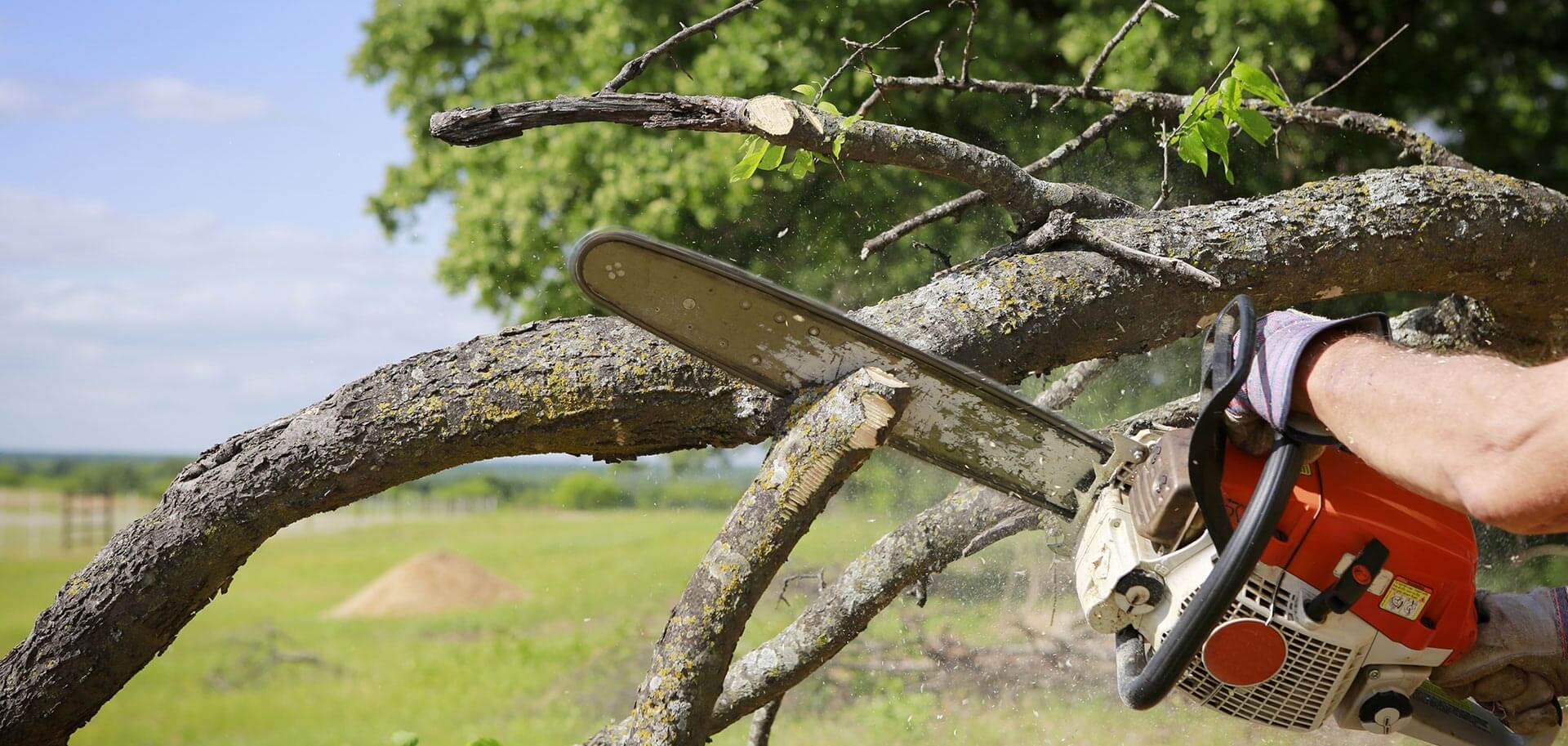Tree removal is an important aspect of forestry management, city planning, and agricultural practices, yet it carries significant ecological impacts. The process can stimulate the loss of habitats and disrupt ecosystems if not managed with care. However, comprehending the significance of maintaining ecological balance can guide us toward sustainable practices that not just involve felling but also prioritize the recovery and health of our forests and landscapes.
After a tree has been felled, the focus shifts to maintaining the lasting vitality of the local ecosystem. This involves different strategies for after-felling management, including proper site management, soil rehabilitation, and replanting efforts. By adopting a holistic approach that considers both immediate and long-term effects, we can encourage a healthier and more durable ecosystem that flourishes even in the face of human intervention.
Effects of Tree Felling
Deforestation can have serious environmental ramifications that extend beyond the immediate loss of timber. One of the most critical impacts is the disruption of local ecosystems. Trees play a essential role in maintaining biodiversity by providing habitat and food supplies for various wildlife species. When trees are logged, many animals lose their homes, leading to diminished populations and even eradication for some species.
In addition to ecological disruption, tree felling can lead to soil erosion. Tree roots help to anchor soil in place, preventing it from being eroded by rain or carried away by winds. Without this biological barrier, the soil becomes more vulnerable to erosion, resulting in damaged landscapes, diminished agricultural productivity, and increased sedimentation in nearby waterways.
Furthermore, the removal of trees affects the carbon cycle. Trees absorb carbon dioxide, a greenhouse gas, during photosynthesis, acting as significant carbon sinks. When trees are felled, not only is this carbon absorption halted, but the carbon stored in the trees is often released back into the atmosphere, contributing to global warming. spez-ag.ch for thoughtful management and attention in tree felling practices to mitigate these widespread impacts.
Strategies for Recovery
To secure the recovery of an environment after deforestation, it is important to put into practice reforestation techniques. This involves introducing new trees in the zones where deforestation has happened. By identifying native tree species that are well adapted to the surrounding ecosystem, you can foster variety and restore natural habitats. Additionally, involving local communities in the afforestation efforts promotes a sense of responsibility and stewardship, boosting the chances of successful restoration.
Another successful approach is to minimize soil disturbance during the felling activity. Employing methods such as selective logging, where only specific trees are removed, and using specialized equipment can aid preserve the adjacent soil and root systems. This method encourages the growth of existing vegetation, which plays a important role in mitigating erosion and maintaining soil health. Healthy soil is essential for the growth of vegetation life, leading to a stable ecosystem.
Tracking the restoration process is also important. Regular evaluations of the replanted zones help identify any problems such as infestations, illnesses, or inadequate growth. Adjusting care methods based on these evaluations guarantees that the ecosystem can thrive over time. By combining these approaches — afforestation, minimal disturbance, and continuous monitoring — the restoration of an environment post-deforestation can be achieved, resulting to sustainable forest management and a healthier ecosystem.
Extended Sustainable Practices
Sustaining tree communities post felling is crucial for ensuring ecological balance and protecting the health of our forests. Accountable tree felling practices should entail assessing the surrounding environment and comprehending the impact on soil health and biodiversity. Applying measures such as selective logging and protecting tree cover can mitigate soil erosion and foster the regeneration of native species. This approach not only supports wildlife but furthermore contributes to the collective resilience of the ecosystem.
Subsequent to felling, it is vital to put effort in replanting initiatives to replenish the trees felled and promote healthy growth in the area. Selecting native species for reforestation can improve local biodiversity and form a more resilient habitat. Active management techniques, such as monitoring sapling growth and protecting young trees from pests and diseases, guarantee that these new trees succeed successfully. Involving with local communities in planting efforts can further foster a sense of stewardship and responsibility towards the environment.
In addition to replanting, ongoing care for the land is crucial for long-term sustainability. This includes regular assessments of the forest's health, soil conditions, and the overall ecosystem. Practices such as mulching, controlling invasive species, and ensuring adequate water supply can considerably improve the chances of new trees flourishing. Education and informational programs for stakeholders can also promote sustainable forestry practices, confirming that future generations comprehend the importance of maintaining healthy forests for environmental and economic benefits.

